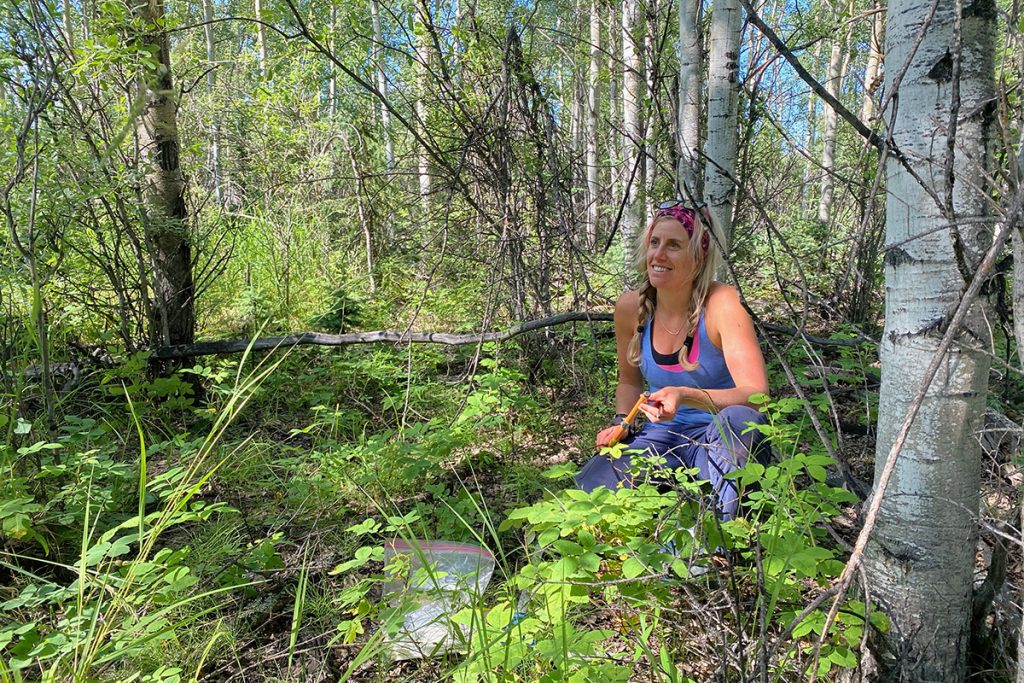Two researchers at the Center for Ecosystem Science and Society at Northern Arizona University have won separate awards totaling $1.3 million from the National Science Foundation to better understand where carbon is being stored and released in the terrestrial biosphere. Using different approaches, the two projects aim to better predict carbon storage by plants and soils in critical regions of the globe, and how that storage is being altered by changing climate patterns. Focusing on tundra and boreal forests and the continental U.S., both projects will examine the stability of carbon sinks—a metaphor describing the process by which CO2 is pulled out of the atmosphere and locked away in plants and soils—and under what future conditions such sinks may shift to become carbon sources to the atmosphere.
Senior research associate Xanthe Walker and co-principal investigator and biology professor Michelle Mack received a grant of $850,000 to investigate the impacts of wildfire on long-term carbon locked away in Arctic soils. Increasingly severe and frequent fires in the Arctic threaten to burn this “legacy carbon,” which has been spared by previous fires. Walker’s team has found that when legacy carbon does combust, soil drainage, permafrost and the species that grow back can be altered, changing how much future carbon can be stored. By sampling 20 burn scars in interior Alaska and using radiocarbon dating and geospatial tools, Walker and her team plan to develop a “legacy C combustion map” that will model where old carbon is most at risk of burning.
“As we all watch the Arctic undergo rapid change, we know that legacy carbon is a critical part of the picture,” Walker said. “This grant will help us better learn where and when fire may push these forests across a threshold, so they become sources of carbon to the atmosphere.”

The team plans to train five undergraduates per year and hopes the project will help land and fire managers better identify where long-term carbon is likely to combust.
In a separate award, Ecoss professor Yiqi Luo has received a $450,000 grant to design tools that better capture the “breathing” patterns of vegetation in the United States. The grant is part of a nearly $1.1M collaboration with University of New Hampshire researcher Jingfeng Xiao. Many climate models rely on the land carbon sink when predicting future warming and the ability of ecosystems to offset rising emissions. But as ecosystems endure more extreme climate changes and conditions, the lasting power of the sink has been questioned. Luo’s team hopes to assess the durability of the U.S. sink by translating data from NEON sites, a network of monitoring stations across the U.S., into a cohesive, predictive tool.
“The data about plants and atmospheric conditions collected at NEON sites is very valuable to understanding climate variability and regional trends,” Luo said. “But by aggregating it, we can ask some bigger questions about how carbon is cycling through the U.S. and whether we can count on a land sink in the future.”
Kate Petersen | Center for Ecosystem Science and Society




